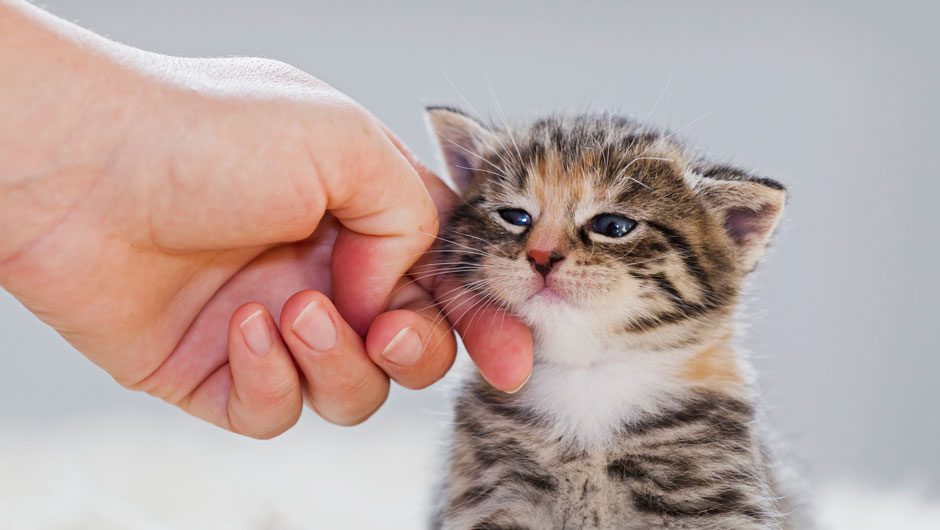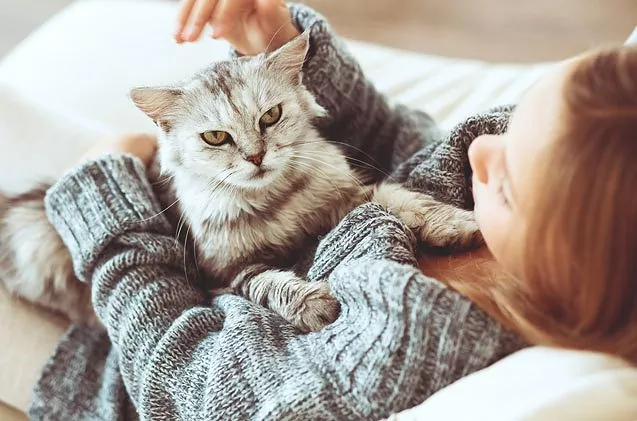
All cat owners have had the harrowing experience of giving affection to their feline friends only to receive a scratch or a sharp bite in return. According to a study published in Applied Animal Behavior Science, this could be for good reason. The researchers observed more than fifty cats and it turns out that cats have general preferences for what they do and do not like to be touched.

By their nature, cats are not animals in close contact. Loving touch is a learned behavior for our pets and each individual has a different threshold for caresses. With this in mind, the researchers have identified some general rules about where you should and should not pet your cat. For example, everyone who rubbed his cat on the chin was probably greeted by a hot purr. It turns out that it is logical. Cats have scent glands near their cheeks that release pheromones — chemical signals that are used to communicate with other members of the species. When your pet rubs his face against you or your furniture, he marks it with these feel-good chemicals, and he feels just as comfortable if you rub it along his cheeks, chin and head.

According to the study, a pat along the torso is a second to rub the head — although the researchers did not test what happened when they touched a cat’s stomach. However, the team found one forbidden area that might surprise some cat lovers: the tail. Scientists believe that the base of the tail of a cat can be a kind of erogenous zone, which is stimulated when touched. This can lead to a tenderness-induced aggression, which is how your cat tells you to withdraw if he had too much affection. It doesn’t matter which part of your body you stroke, but if your cat pulls your tail or skin together, takes a defensive position, flattens your ears or growls, this is a sign to retreat and leave you alone.

Different cats have different thresholds of affection and your pet’s unique preferences might surprise you. By observing your body language while cuddling and keeping in mind that most cats prefer to be petted on the head, you can learn your cat’s preferences and strengthen the connection they share — while avoiding being mutilated.
